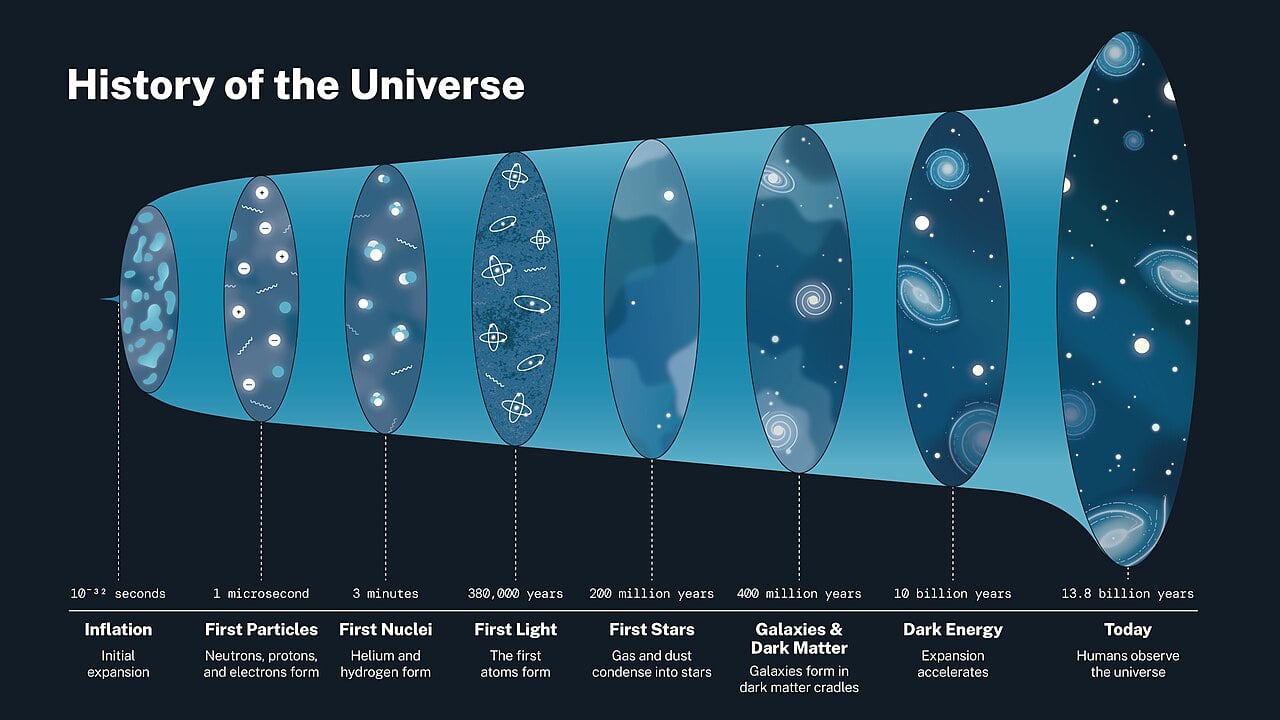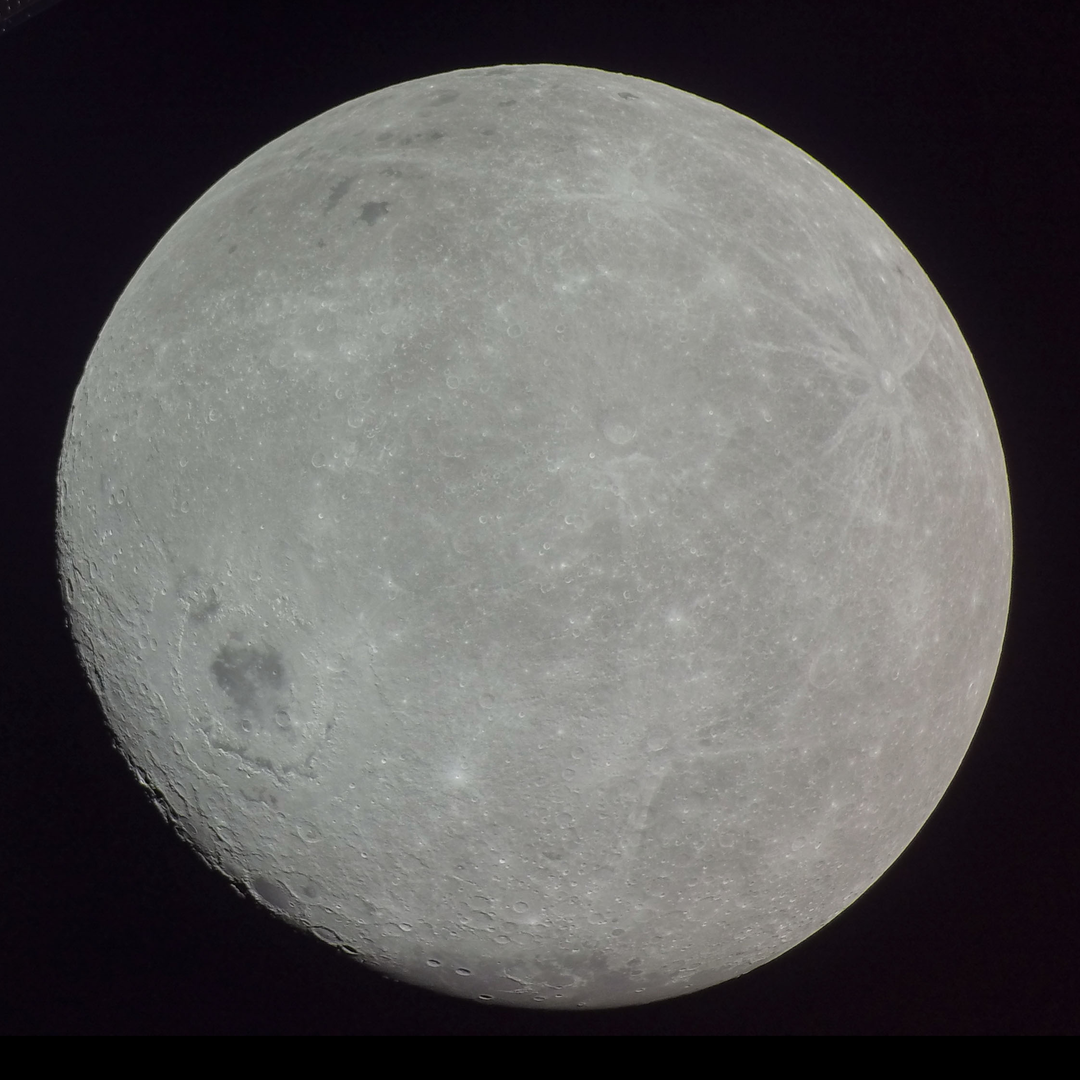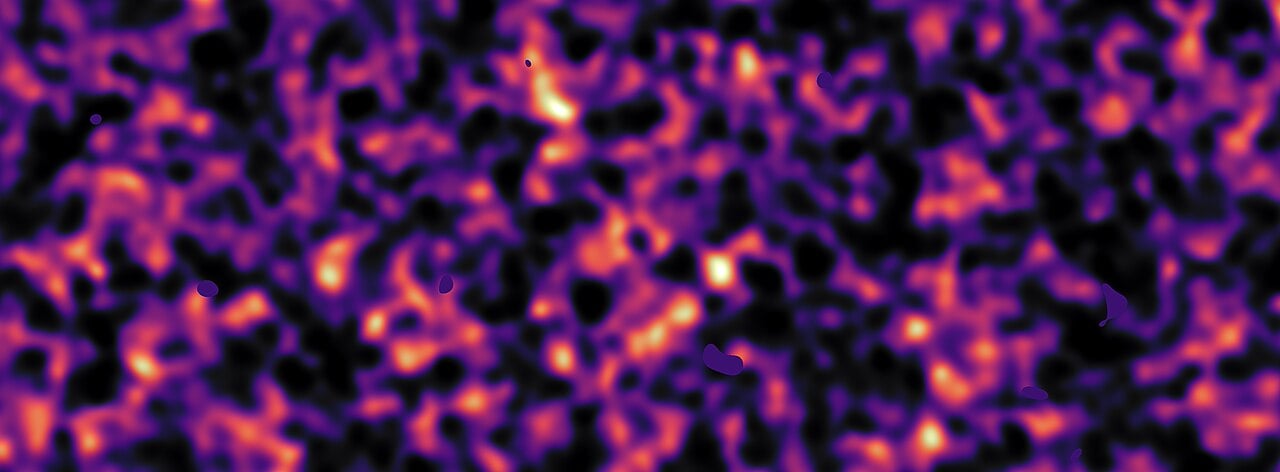Dark matter is hidden from our view making it difficult to study. Despite making up roughly 80 percent of all matter, we can’t see it, touch it, or directly detect it with any of our instruments. It doesn’t emit, absorb, or reflect light, making it completely invisible, and we only know it exists because of its gravitational effects on visible matter. The idea was first proposed by Fritz Zwicky in 1933 whilst studying the Coma Cluster. He noticed that the galaxies in this group were moving far too quickly to be held together by gravity alone.
 Fritz Zwicky first proposed the idea of dark matter in 1933 (Credit : Unbekannt)
Fritz Zwicky first proposed the idea of dark matter in 1933 (Credit : Unbekannt)
Understanding dark matter and in particular the mass of dark matter particles is crucial because it fundamentally affects how structures formed in the early universe. If the particles are relatively light, less than about 5 percent of an electron’s mass, then dark matter is considered warm and would inhibit the formation of structures smaller than galaxies. However, if the particles are heavier and classified as cold then it would promote the growth of smaller scale structures.
The team of researchers led by Dr Hyunbae Park from the University of Tsukuba used computer simulations to investigate how faint radio signals from the early universe could reveal this information. The researchers focused on the era, which is known as the cosmic Dark Ages spanning the first 100 million years after the Big Bang, because they could avoid the complex processes involved in star and galaxy formation. This allowed them to simulate early structures with unprecedented precision.
 The cosmic Dark Ages refer to the first 100 billion years after the Big Bang and before the formation of the first stars and galaxies (Credit : NASA)
The cosmic Dark Ages refer to the first 100 billion years after the Big Bang and before the formation of the first stars and galaxies (Credit : NASA)
Their simulations revealed how gas gradually cooled as the universe expanded while developing small clumps via gravitational interaction with dark matter during the Dark Ages. The gas in these clumps became much denser than average and heated up due to compression. This variation in density and temperature was imprinted in something called 21 centimetre radio emission from hydrogen atoms, a faint signal from the primordial gas clouds that carries information about the conditions of the early universe.
The challenge is that this Dark Ages signal appears at frequencies around 50 MHz or lower and the difference between warm and cold dark matter variants is less than a milli-kelvin in brightness temperature. These frequencies are heavily contaminated by human made signals here on Earth and further obscured by our ionosphere. This makes it virtually impossible to detect the signal from ground based observatories so the answer lies in going somewhere quieter, even perhaps, somewhere out of this world!
 The far side of the Moon offers protection from terrestrial radiation and a fabulous location to study radiation from the earliest moments of the evolution of the universe (Credit : NASA)
The far side of the Moon offers protection from terrestrial radiation and a fabulous location to study radiation from the earliest moments of the evolution of the universe (Credit : NASA)
Enter the far side of the Moon. It offers a radio quiet environment, shielded from terrestrial interference by the Moon itself, and is considered an ideal location for detecting this elusive signal. Building radio observatories on the Moon does come with major technological and financial challenges of course but an increasing number of nations are pursuing such missions as part of what’s being called the new space race.
The team’s research does provide guidance for future projects hoping to establish lunar based observatories. With growing international momentum behind lunar exploration, it’s now considered feasible that we could solve one of the biggest mysteries in physics not from Earth, but from our nearest celestial neighbour.
Source : Researchers use computer simulations to show how future Moon missions could uncover dark matter

